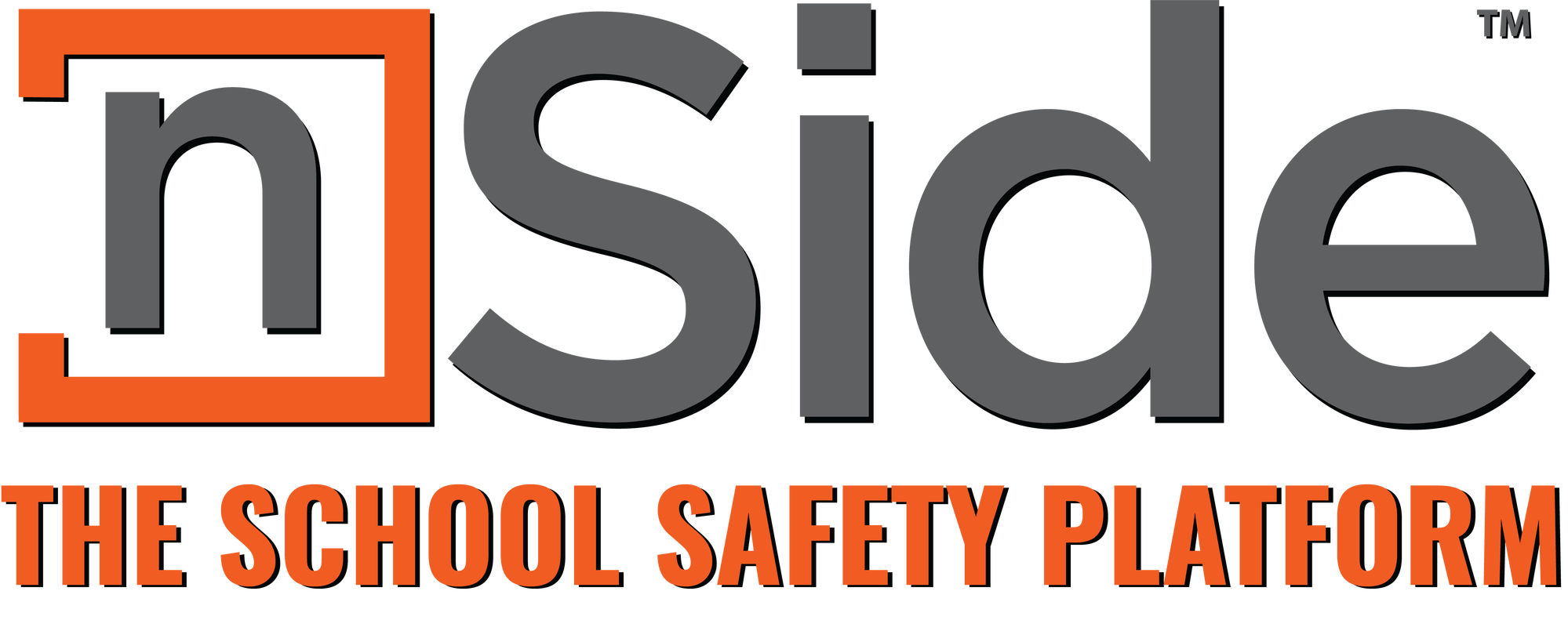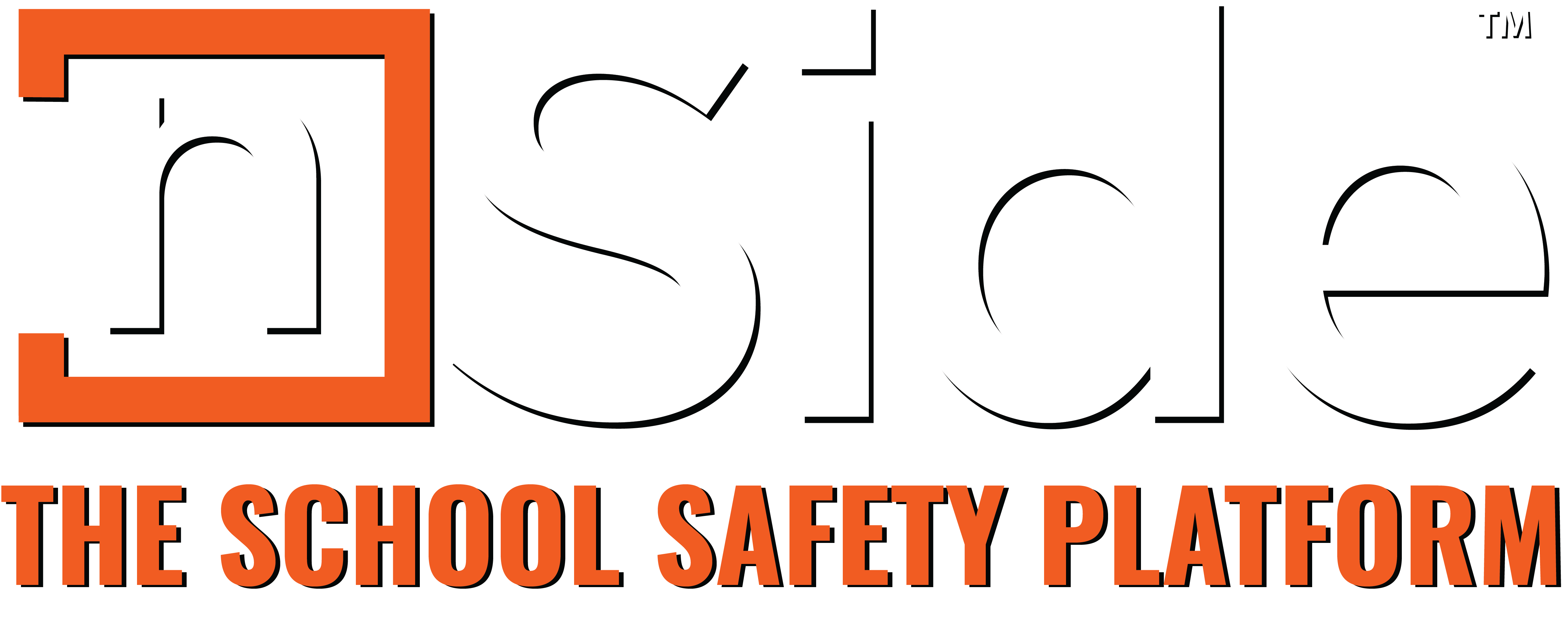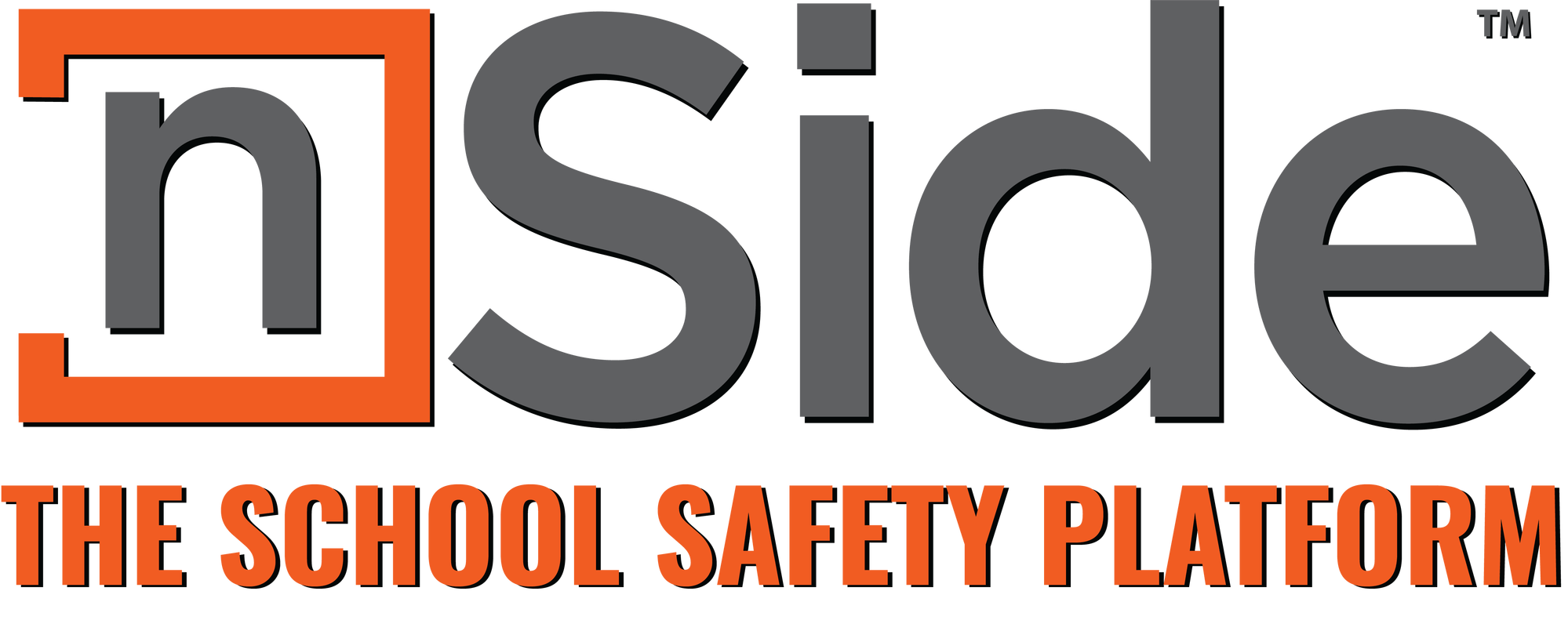Harris Computer Corporation Acquires nSide, Inc
It is with great pleasure that we announce that Harris Computer Corporation (Harris) has acquired nSide, Inc. (nSide), which includes all employees, products, and services. Harris, part of Constellation Software Inc., is a long-term owner of software businesses serving public sector and education organizations worldwide. Harris buys and holds companies forever, ensuring a stable and enduring commitment to partners like you.
Founded in Alabama, we have become a trusted partner to K‑12 schools and higher education institutions across the Southeast, providing integrated safety, mapping, and emergency management solutions. Under Harris’s ownership, we will continue to focus on helping schools create safer learning environments for students and staff.
We will join Harris’s School Safety and Education Solutions portfolio, led by Gary Evans, Group Leader. The nSide team will ensure continuity of the products and services you rely on, while leveraging Harris’s resources to enhance our offerings.
Our commitment to K‑12 and higher education partners remains the same. nSide will continue to:
- Honor existing contracts and product roadmaps.
- Support our safety, mapping, and emergency response solutions.
- Provide a stable, long-term relationship under Harris’s ownership.
There are FAQs below to help introduce Harris and answer common questions. Please reach out at any time at help@nside.io or 1.800.604.1822. We remain committed to supporting your schools and institutions for many years to come.
nSide Client FAQ
Why did we select Harris Computer Corporation (Harris)?
nSide has always been committed to the safety and success of the schools and institutions we serve. Harris has a long and successful history of supporting public sector and education organizations, providing the management expertise and long-term financial stability that will ensure nSide’s continued growth, support, and innovation. This partnership guarantees the enduring stability and continued evolution of the nSide platform for many years to come.
Why did Harris acquire nSide?
Harris identified three key strengths that made nSide a strong fit for their organization:
- Our clients. Loyal, long-term K‑12 and higher education partners who depend on nSide’s safety and mapping solutions to protect students and staff. Harris highly values these relationships and will continue to support your mission.
- Our team. nSide’s dedicated team members are experienced, knowledgeable, and committed to school safety. Harris understands that people are at the heart of every successful software company and will provide long-term stability for the nSide team.
- Our solutions. nSide provides proven, reliable, and feature-rich safety and emergency management software that aligns perfectly with Harris’s mission to empower communities and public institutions.
Why is the Harris-nSide combination good for me?
- Harris is a financially secure, publicly traded company (via Constellation Software Inc.), ensuring long-term stability for nSide clients.
- Harris does not divest the businesses it acquires. nSide now has a permanent home with Harris.
- Harris serves more than 100,000 customers across schools, public safety, healthcare, utilities, and local government, providing unmatched experience and scale to support your needs.
- This acquisition positions nSide for ongoing enhancements to products and services, ensuring your safety solutions remain best‑in‑class.
Who is Harris?
Harris is a software company focused on empowering organizations that serve their communities. We deliver mission-critical solutions to schools, local governments, utilities, healthcare providers, and public safety organizations. For more information, visit:
- https://www.harriscomputer.com/
- https://www.harriseducation.com/
- https://www.harrisschoolsolutions.com/
Will Harris stop selling or supporting any existing nSide products?
No. All products will continue to be offered and supported. We remain committed to the current product roadmap and to fulfilling all client commitments.
If I have a current implementation or project in progress, will this change impact me?
No. nSide projects, timelines, and contacts remain unchanged. Your existing team will continue to support your success.
Will I be required to upgrade or change my software application?
No. nSide will continue to support and develop your current applications while meeting all existing contractual commitments.
Does anything change with access to support?
No. Please continue using your current nSide support channels. You will receive the same dedicated, knowledgeable service you always have.
Will there be any change to my contractual relationship with nSide?
No. The acquisition does not require the assignment or transfer of your existing contract. It is business as usual for nSide and our clients.
Harris and nSide are committed to your success and our continued partnership. We look forward to supporting your school safety initiatives for many years to come.
For additional information or questions, please contact us at help@nside.io or 1.800.604.1822










